Helpful Tips for Storing Baking Ingredients
When making dessert and bread, we always need all sorts of ingredients. However, we can't ensure that we are capable of running out of them, so in the end, there will be lots of unused flour, butter, cheese, granulated sugar and so on, with the treatment being either to toss them aside or stuff them into the refrigerator. Over time, we will forget their existence, leaving them to harden, get damp and mildew. If you are haunted by these problems, let's take a look at the baking ingredients storage tips we summarize.
Powder
We often use flour in baking. Besides this, products like matcha powder, cocoa powder and milk powder are widely used to improve the flavor of food and enrich the mouthfeel. In addition, glutinous rice flour, corn starch and tapioca are commonly seen.
All the above-mentioned powders need to be kept in a dark, cool and dry environment and under seal. Due to their strong absorptive power, we shouldn't put them together with strong-smelling ingredients or place them on the ground so that the pollution can be reduced and the mildew can be prevented. Moreover, for some powders which are not commonly used, they must be sealed in fresh-keeping canisters and refrigerated, especially in the hot summer.
It is worth noting that matcha powder is extremely easy to be oxidized, and fade under light, high temperature and high humidity. Therefore, please use the matcha powder immediately after opening and try not to preserve it with transparent containers. It's recommended for the opened matcha powder to be stored in a sealed bag with a sealed box outside as dual protection, and then frozen in the refrigerator.
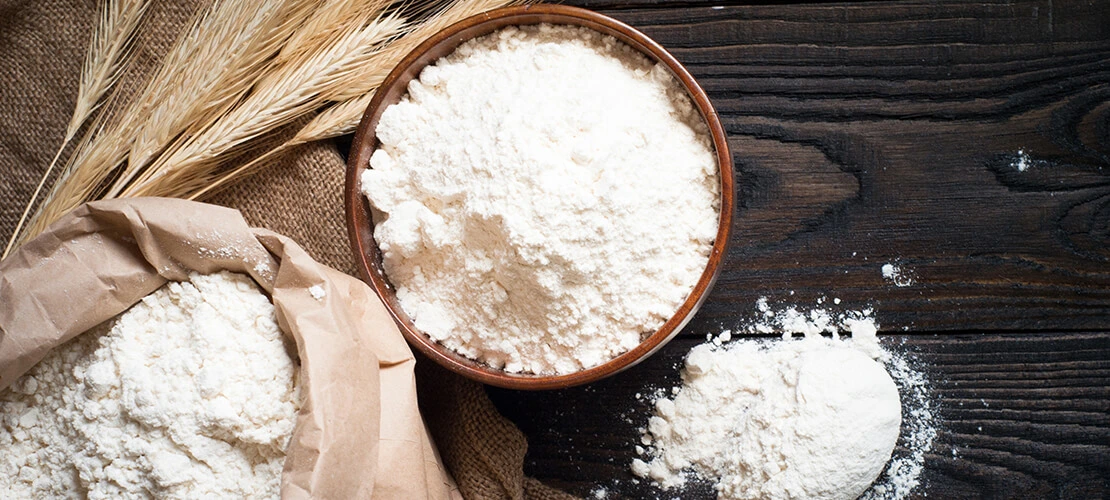
Dairy Products
1. Whipped Cream
Whipped cream is often used but not easy to store. Generally, the storage time of an unopened one is less than 6 months. And it can be wrapped in a towel and served on the side of the fridge door instead of near the rare wall to prevent it from frostbite. When we need to open it, try to keep the opening as small as possible. Squeeze out the air in the box before preserving, isolating the cream from the air.
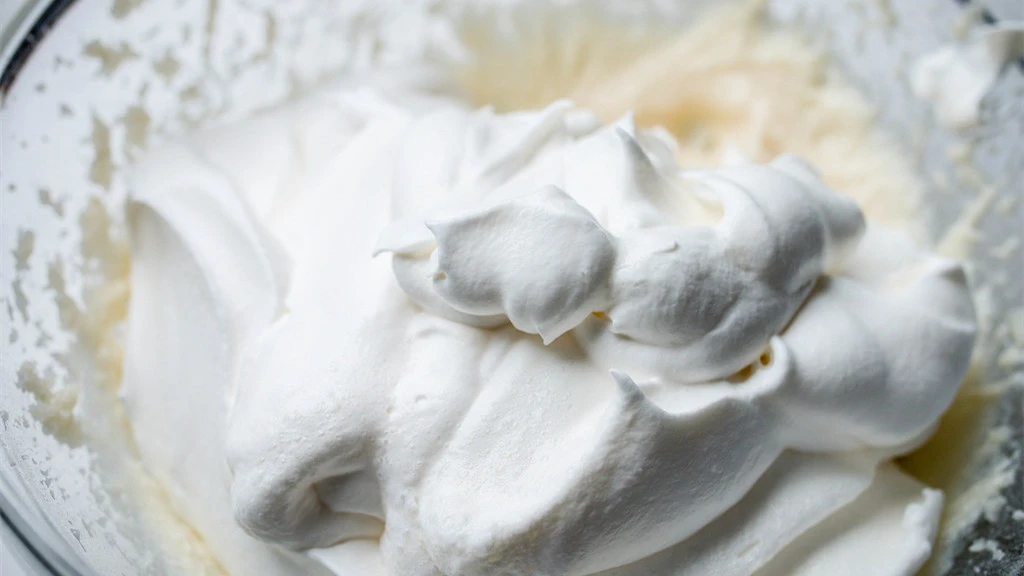
2. Butter
To preserve butter, what we need to do is to wrap it tightly in tin foil or oil paper as soon as possible and keep it in cold storage after digging out the amount required with clean tools. If it may be left for a long time, the freezer is a better place. However, the long storage time in the freezer will affect the texture of butter and change its water content so that it needs to be softened for the next use. The opened butter cannot be stored at room temperature, or it can be kept for about two weeks in cold storage.
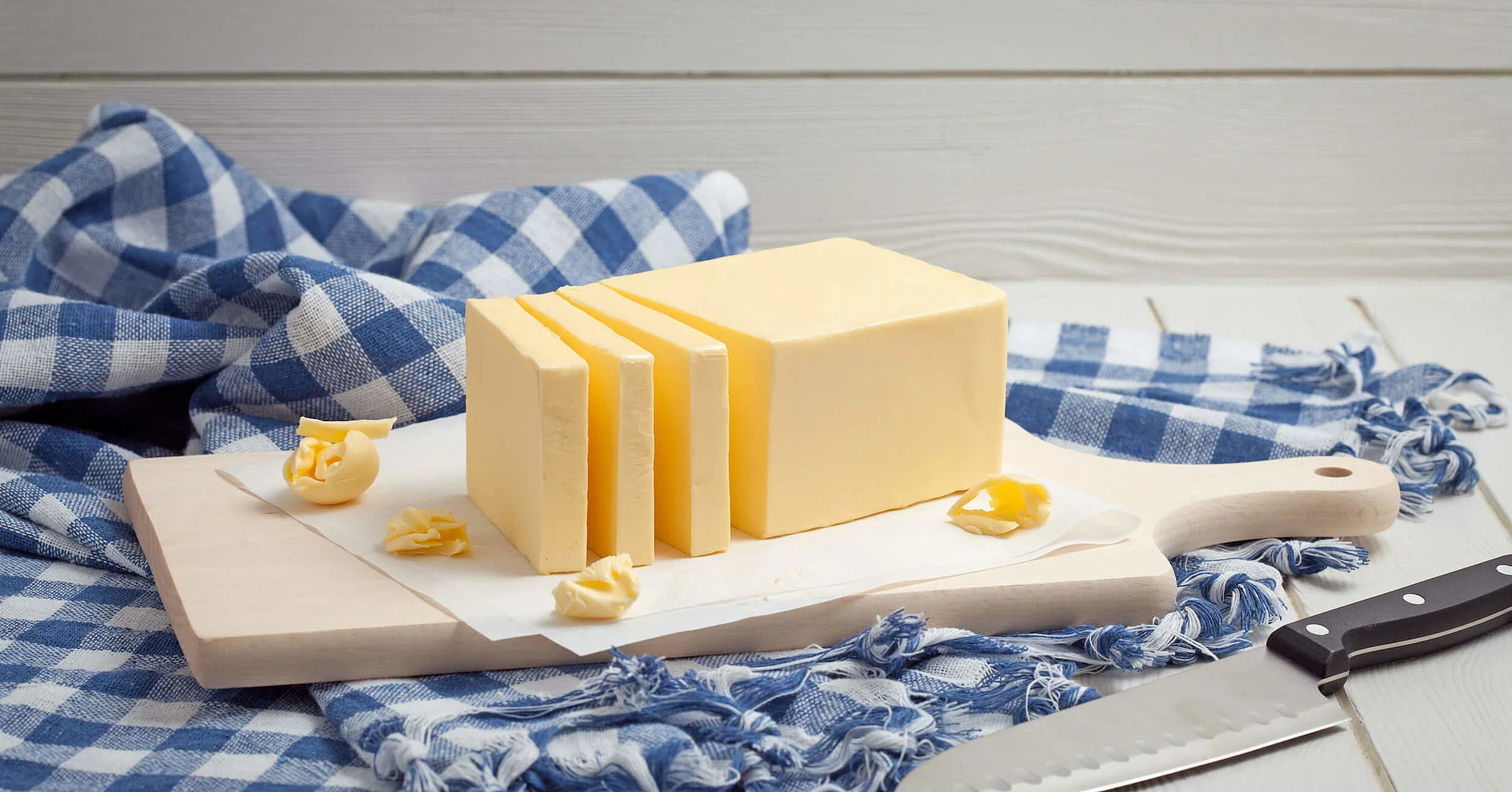
Sugar
Sugar, just like the powders mentioned above, has many kinds, including granulated sugar, brown sugar, maltose and sucrose. And the storage method for most sugars is to store them in sealed bottles or bags and place them in a cool, ventilated and dry place so as to keep them from moisture and lumping.
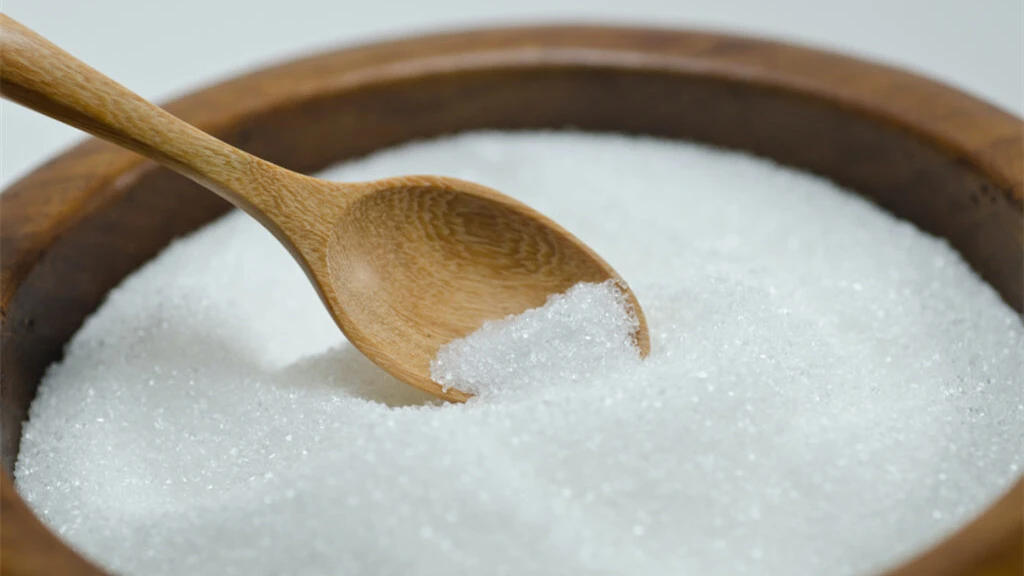
Yeast
Improper storage of yeast will lead to the inability to ferment and the loss of potency. And different types of yeast have different storage methods.
· Active dry yeast: Seal the opening of the opened yeast tightly. It can be stored at room temperature for about 1 year with a shelf life of no less than 6 months. And it does not require refrigeration.
· Highly active dry yeast: Its storage life can last over two years, and the shelf life is not less than 12 months. It's all right to preserve it in a cool and dry place below 20℃.
· Fresh yeast: It can be stored for about 45 days at 0-4℃ (not be above 6℃) instead of being frozen.

Food Additives
Food additives, like baking soda, baking powder, cream of tartar and bread improver, will have a longer shelf life under moisture-proof, cool and sealed conditions. They can be placed in glass bottles, with the lids being fastened.
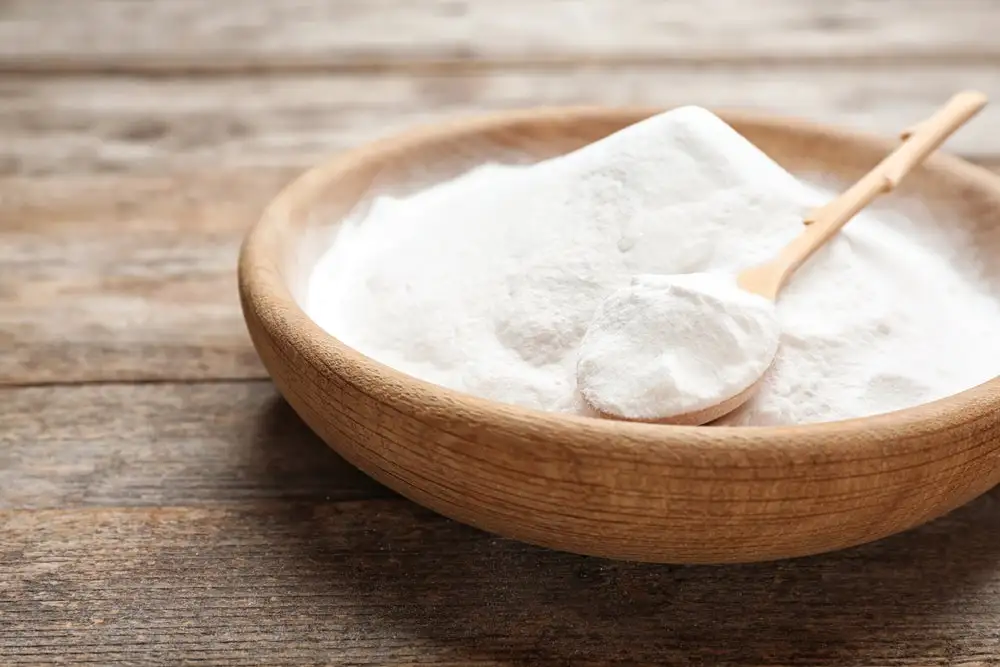
Gelatine
Gelatine, a kind of gum extracted from the skins and bones of animals, is often used for making mousse cakes and jellies. The storage method is relatively simple. Just seal the opening well, and keep it at room temperature or refrigerated. It's necessary to find a dark, dry and cool place, and never place it near a heat source.
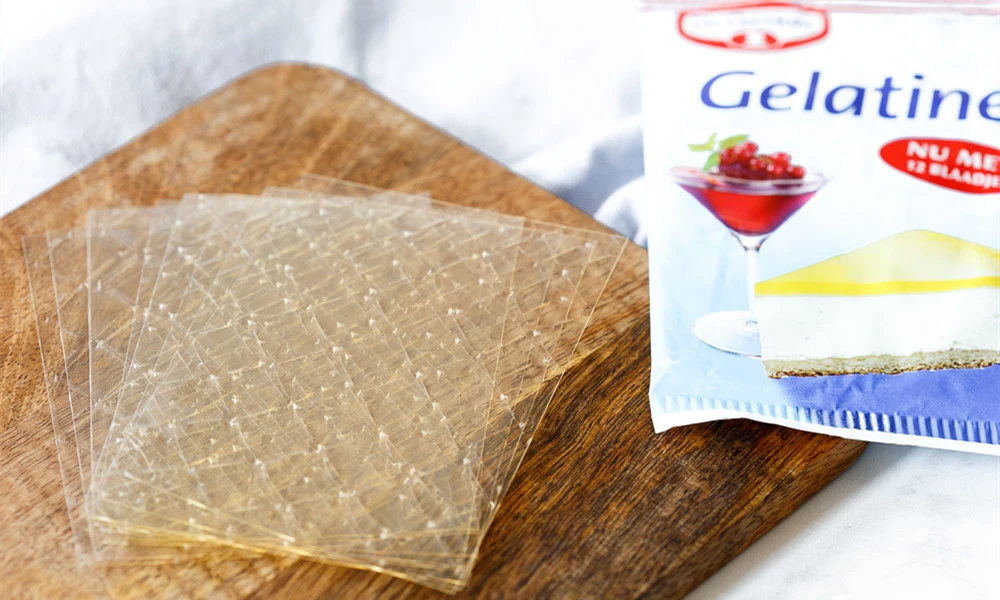
Eggs
Eggs are also a common baking ingredient. Be sure to put them in the refrigerator in time after buying. And eggs should be stored pointed end down to keep the yolk center, preventing the yolk from being affected by bacteria and ensuring the quality of eggs. Try not to wash the eggshell, otherwise the original eggshell membrane would be destroyed so that the bacteria and microorganisms could enter the egg smoothly, which accelerates the spoilage of eggs. It should be noted that eggs are usually kept for about a month even though they have been stored in the refrigerator. Therefore, they need to be consumed as quickly as possible.
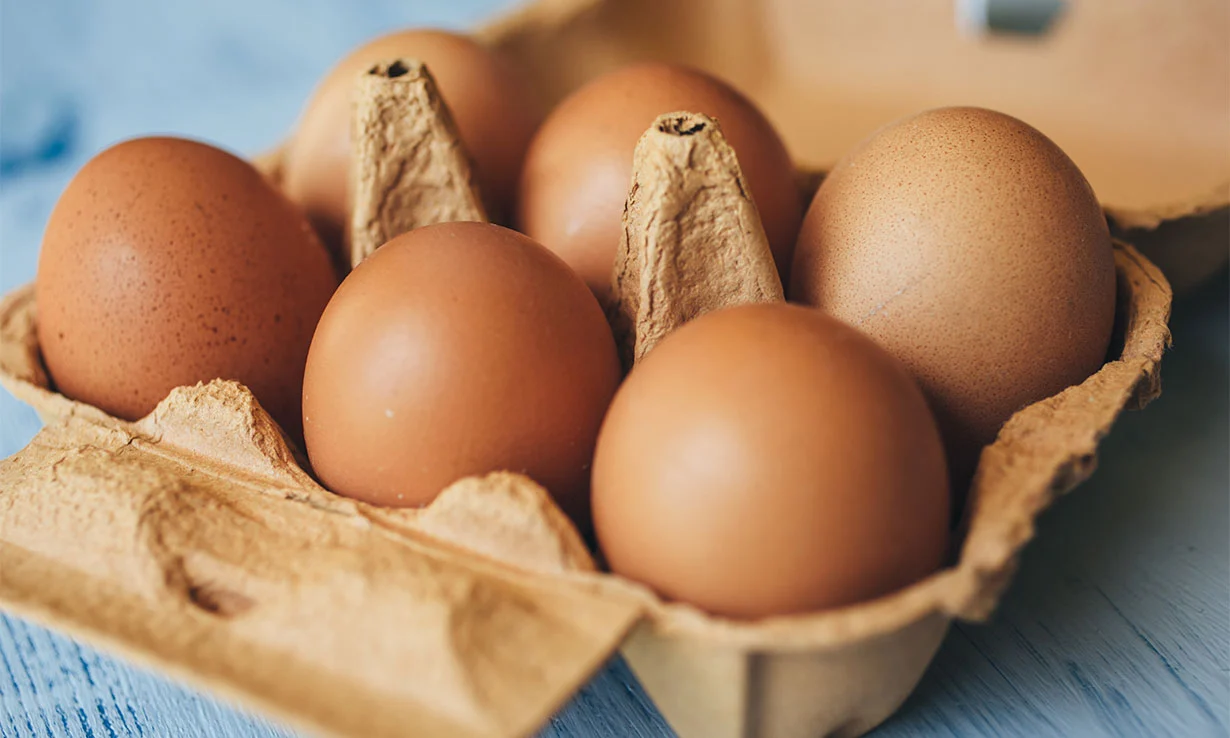
Powder
We often use flour in baking. Besides this, products like matcha powder, cocoa powder and milk powder are widely used to improve the flavor of food and enrich the mouthfeel. In addition, glutinous rice flour, corn starch and tapioca are commonly seen.
All the above-mentioned powders need to be kept in a dark, cool and dry environment and under seal. Due to their strong absorptive power, we shouldn't put them together with strong-smelling ingredients or place them on the ground so that the pollution can be reduced and the mildew can be prevented. Moreover, for some powders which are not commonly used, they must be sealed in fresh-keeping canisters and refrigerated, especially in the hot summer.
It is worth noting that matcha powder is extremely easy to be oxidized, and fade under light, high temperature and high humidity. Therefore, please use the matcha powder immediately after opening and try not to preserve it with transparent containers. It's recommended for the opened matcha powder to be stored in a sealed bag with a sealed box outside as dual protection, and then frozen in the refrigerator.

Dairy Products
1. Whipped Cream
Whipped cream is often used but not easy to store. Generally, the storage time of an unopened one is less than 6 months. And it can be wrapped in a towel and served on the side of the fridge door instead of near the rare wall to prevent it from frostbite. When we need to open it, try to keep the opening as small as possible. Squeeze out the air in the box before preserving, isolating the cream from the air.

2. Butter
To preserve butter, what we need to do is to wrap it tightly in tin foil or oil paper as soon as possible and keep it in cold storage after digging out the amount required with clean tools. If it may be left for a long time, the freezer is a better place. However, the long storage time in the freezer will affect the texture of butter and change its water content so that it needs to be softened for the next use. The opened butter cannot be stored at room temperature, or it can be kept for about two weeks in cold storage.

Sugar
Sugar, just like the powders mentioned above, has many kinds, including granulated sugar, brown sugar, maltose and sucrose. And the storage method for most sugars is to store them in sealed bottles or bags and place them in a cool, ventilated and dry place so as to keep them from moisture and lumping.

Yeast
Improper storage of yeast will lead to the inability to ferment and the loss of potency. And different types of yeast have different storage methods.
· Active dry yeast: Seal the opening of the opened yeast tightly. It can be stored at room temperature for about 1 year with a shelf life of no less than 6 months. And it does not require refrigeration.
· Highly active dry yeast: Its storage life can last over two years, and the shelf life is not less than 12 months. It's all right to preserve it in a cool and dry place below 20℃.
· Fresh yeast: It can be stored for about 45 days at 0-4℃ (not be above 6℃) instead of being frozen.

Food Additives
Food additives, like baking soda, baking powder, cream of tartar and bread improver, will have a longer shelf life under moisture-proof, cool and sealed conditions. They can be placed in glass bottles, with the lids being fastened.

Gelatine
Gelatine, a kind of gum extracted from the skins and bones of animals, is often used for making mousse cakes and jellies. The storage method is relatively simple. Just seal the opening well, and keep it at room temperature or refrigerated. It's necessary to find a dark, dry and cool place, and never place it near a heat source.

Eggs
Eggs are also a common baking ingredient. Be sure to put them in the refrigerator in time after buying. And eggs should be stored pointed end down to keep the yolk center, preventing the yolk from being affected by bacteria and ensuring the quality of eggs. Try not to wash the eggshell, otherwise the original eggshell membrane would be destroyed so that the bacteria and microorganisms could enter the egg smoothly, which accelerates the spoilage of eggs. It should be noted that eggs are usually kept for about a month even though they have been stored in the refrigerator. Therefore, they need to be consumed as quickly as possible.

